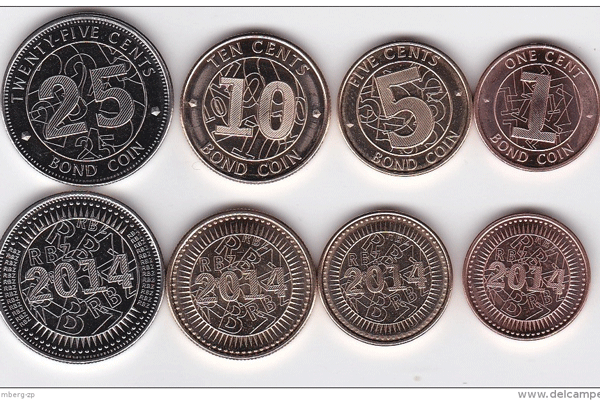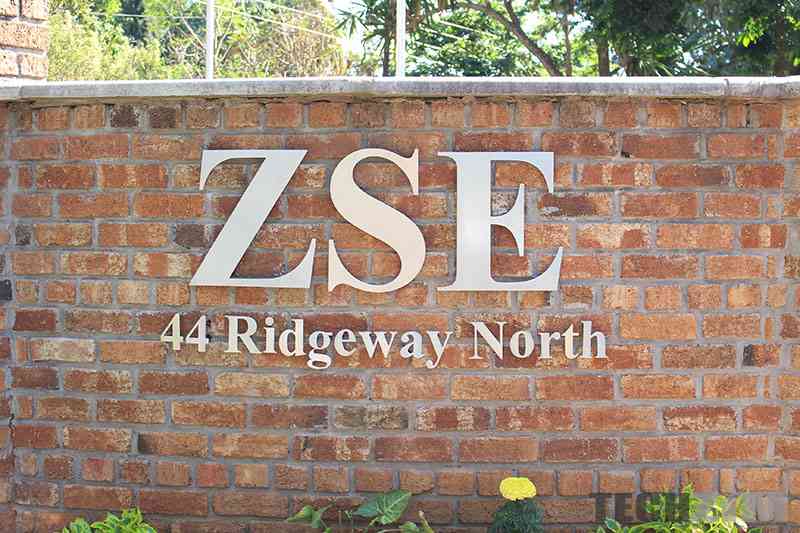
THE Confederation of Zimbabwe Industries (CZI) wants government to release the $300 million new facility secured from the Africa Export and Import Bank (Afreximbank) in coins as opposed to notes to curb the black market.
BY MTHANDAZO NYONI
In his mid-term monetary policy statement, Reserve Bank of Zimbabwe (RBZ) governor John Mangudya said he would extend and enhance the export incentive scheme by $300 million under a standby liquidity support from Afreximbank. He said the facility would be used to back the bond notes that are going to be issued to monetise this subsidy scheme.
CZI president Sifelani Jabangwe, told captains of industry during a roundtable briefing in Bulawayo on Wednesday that Mangudya should release the facility more as coins, not notes, to curb the black market.
“Governor indicated that he was sourcing — in order to ease the liquidity — an additional $300 million to be issued in bond notes. Of course, our worry was basically that at the moment the bond notes have found themselves into the black market because they are now being used as a medium of exchange,” Jabangwe said.
“So the worry is that if they are released again as notes they will go exactly into the black market because now that the rate has moved, there is great appetite for these notes to go into that market.”
“So ideally, if the liquidity that we require is for people to buy bread, because you can eventually do everything now with your swipe, with your mobile money but people will still need coins for the buses . . . we are saying if it possible, that money should be released more as coins because if you release it in any form, you will wake up the following day ultimately the money outside mopped once again.”
Foreign currency traders were selling the bond notes, introduced initially as an export incentive, but later to quell a liquidity crunch in the economy, at between 1,04 and 1,08 to the greenback.
- Chamisa under fire over US$120K donation
- Mavhunga puts DeMbare into Chibuku quarterfinals
- Pension funds bet on Cabora Bassa oilfields
- Councils defy govt fire tender directive
Keep Reading
RBZ had pegged the bond notes at par with the US dollar.
With the release of the $300 million new facility, Zimbabwe’s rollout of the surrogate currency will amount to the tune of $550 million, after a $50 million facility for bond coins in 2014 and $200 million released last November.
Despite all this, Zimbabwe remains in the throes of an acute banknote shortage, with bank queues now a permanent feature.
Jabangwe urged the RBZ to fast-track the availability of the $600 million nostro stabilisation facility, adding there was a lot of activity on the black market and that could be curbed through availing the required funds. Mangudya said on Tuesday, RBZ would draw down on the nostro stabilisation facility beginning next week.











